Paul Dirac: A genius in our history!
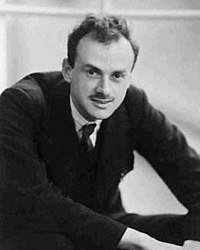
The protagonist of my story is Paul Adrien Maurice Dirac, and you will have to travel to the first years of the 20th century to understand it. At that time two unprecedented scientific revolutions occurred almost simultaneously in physics. On the one hand, Albert Einstein had published his famous special Theory of relativity, where he broke with the concepts of absolute space and time, a basic principle of Newton's Physics that we would have to renounce from then on. On the other hand, the incredible properties of matter at an atomic scale were discovered with the birth of quantum mechanics.
It's four most striking features were ubiquity (one thing can be in several places -states- at the same time), non-determinism (when measuring something, different results can be obtained randomly), non-locality (what happens in one place). can affect distant sites instantaneously) and uncertainty (two related properties cannot be accurately known).
This change in the rules of the game of Physics supposed to be very difficult conceptual renovation and it was not something immediate, far from it. In some ways, the two new things did not get along (relativity, after all, was not as radical as quantum) and it was difficult to reconcile them ... Until Dirac arrived.
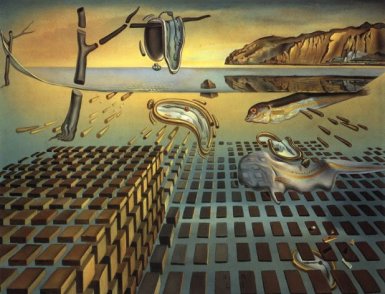
In 1928 Dirac set out to find the relativistic free electron equation, because the Schrödinger equation did not meet the requirements of Einstein's theory, that is, it did not treat space and time equally, and did not incorporate the energy at rest (the famous E = mc²). Besides that, it did not explain spin, a fundamental property of particles without classical equivalence, but that separates nature into two totally different families: bosons (like the photon, of the whole spin) and fermions (like the electron, of half-intertidal spin). For those who are not physicists, the spin will be foolish to you but you must know that it is so important that the forces of nature are transmitted only by bosons, while the most elementary particles are formed only by fermions.
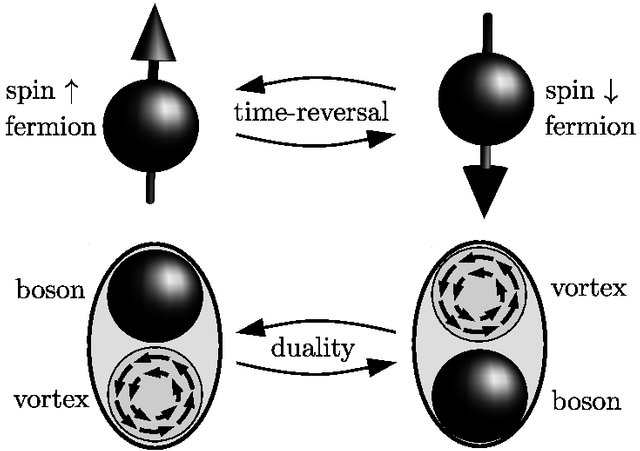
To return to the Schrödinger equation its relativistic character Dirac had to make several transformations and include four new constants (the α matrices), totally independent of the space-time variables and the momentum of the particle. That meant that they represented an inner degree of freedom, an intrinsic characteristic of the particle has mass, but a new feature.

Dirac studied its properties and found that three of those constants (α1, α2, α3) were precisely Pauli's matrices! that describe the three spin components of the electron. This was something big, truly amazing because it explained for the first time the origin of spin as a necessity of nature to maintain the space-time symmetry of relativity in quantum mechanics.
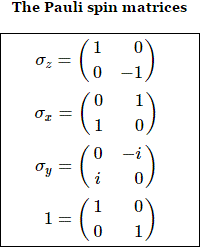
But there was still one more constant (α0) and a bigger surprise. This constant was related to the energy at rest of the particle, and surprisingly could take positive values (expected for the electron, +mc² ) but also negative values! (-Mc²). This was totally unusual. Dirac was looking for a positive solution (the electron one), but he ran into two, and one of them seemed to have negative energies. It was the equivalent of making the square root of 4; you have the normal solution (+2) but also another unexpected (-2).
Dirac soon understood that his equation predicted a new particle, which was a kind of antielectron, with the same properties but with a positive charge and a negative energy. His first attempt was to identify that particle with the proton but there were several arguments against it (the particle had to be exactly the same mass as the electron, and the proton is about 2000 times heavier). So Dirac had just found a particle that had never been experimentally detected.
Dirac followed very clear mathematical principles and was sure that his equation was correct:
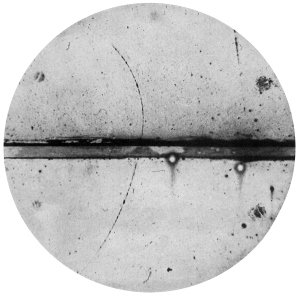
He was right. Only four years later, Carl David Anderson (1905-1991) was photographing the traces of cosmic-ray particles in an ionization chamber when he found a particle with the mass of the electron, but with a positive charge. Exactly what Dirac had predicted! That particle was given the name of positron and was the first experimental evidence that antimatter existed.
Antimatter is exactly the same as ordinary matter, only with some changed properties like charge or spin. However, when a particle encounters its antiparticle a physical phenomenon of annihilation occurs, in which both particles disappear releasing a large amount of energy. For example, when an electron encounters a positron, both particles disintegrate producing two photons of 511 keV of energy.
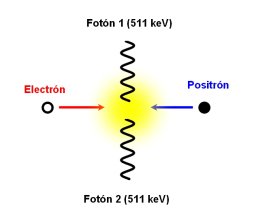
For some reason that is not clear yet, the world in which we live is almost exclusively composed of ordinary matter. Antimatter only occurs in certain radioactive decays or artificially in particle accelerators. It is estimated that, since its discovery, only 1 nanogram of antimatter has been produced. However, there are facilities such as the ALPHA of CERN where antiatoms are produced (and attempted to be trapped).
Thanks for reading, I hope you like my explanation @jsxchemistry
References
- Dirac, P.A.M. (1982) [1958]. Principles of Quantum Mechanics. International Series of Monographs on Physics
- Lectures on Quantum Mechanics Book by Paul Dirac
- http://cerncourier.com/cws/article/cern/28693

Dirac was the best thing that happened to physics. haha